We realized that light isn't the ONLY thing getting the cups to warm up over time. Heat must play a role, too, since cups in the darkness increased in temperature. The air temperature inside the cabinets (where we placed our cups in darkness) was definitely warmer than the liquid inside the cups.
We wanted to set up various conditions with both warm and cold liquids, and differing temperatures around the cups. We thought about how we could change the temperatures around the cups consistently...
We wanted to set up various conditions with both warm and cold liquids, and differing temperatures around the cups. We thought about how we could change the temperatures around the cups consistently...
Since blankets can't be a heat source, we couldn't use them.
Since a hair dryer wouldn't create a consistent temperature around the cups, that was out of the question, too.
We don't have a fridge in our classroom, so that would be a pain running down the hall to Ms. Trainer's room.
But we do have access to hot and cold water, so we decided to stick cups of different temperatures within closed containers of different temperatures of water. We agreed to control the amount of water within each setup, along with the time we ran the investigations!
Since a hair dryer wouldn't create a consistent temperature around the cups, that was out of the question, too.
We don't have a fridge in our classroom, so that would be a pain running down the hall to Ms. Trainer's room.
But we do have access to hot and cold water, so we decided to stick cups of different temperatures within closed containers of different temperatures of water. We agreed to control the amount of water within each setup, along with the time we ran the investigations!
Our data is telling some interesting stories and there seems to be some general patterns, some patterns in the final temperatures, and some patterns when there's a BIG difference between the starting temperatures.
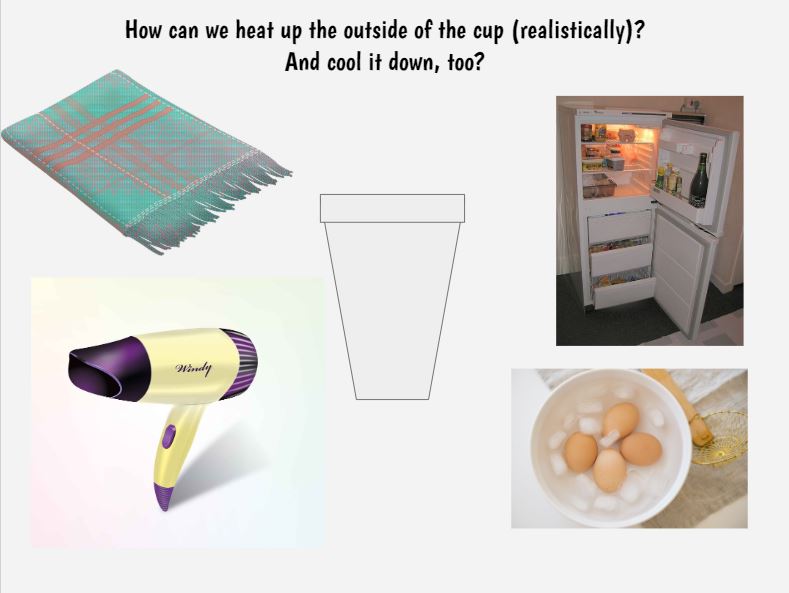
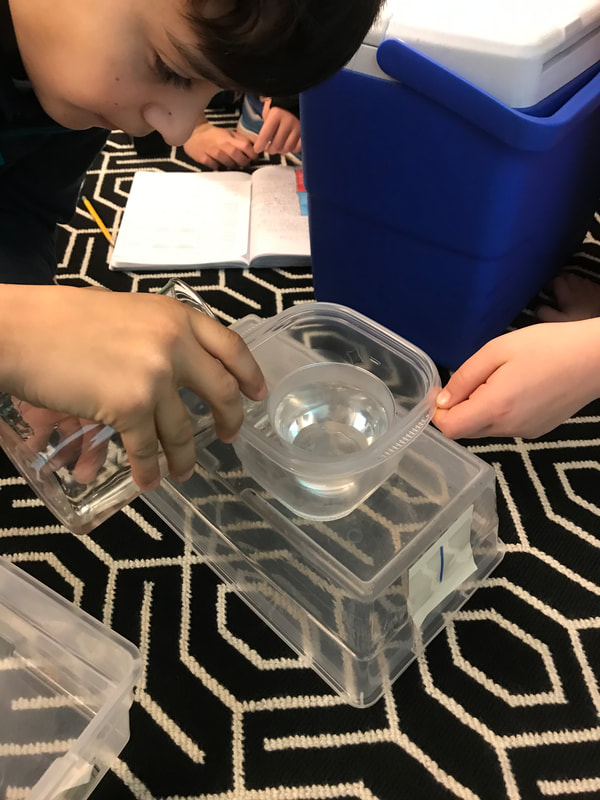
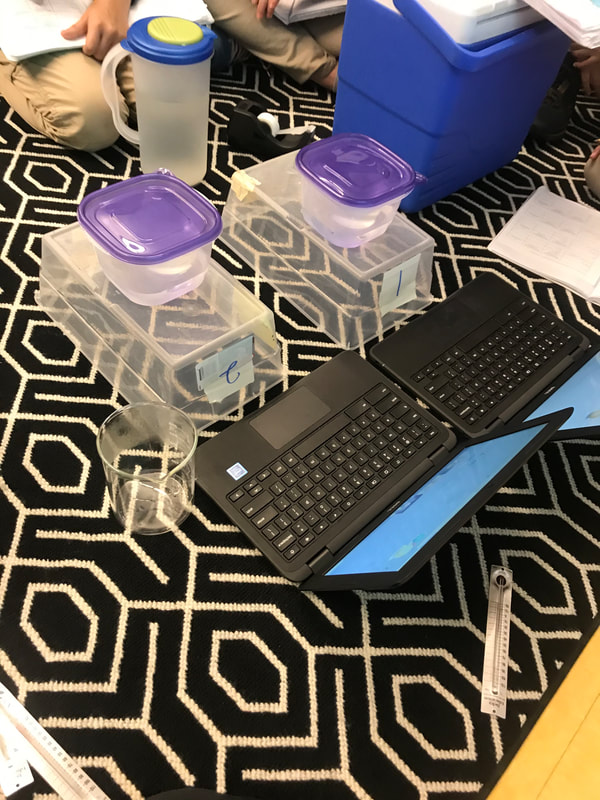
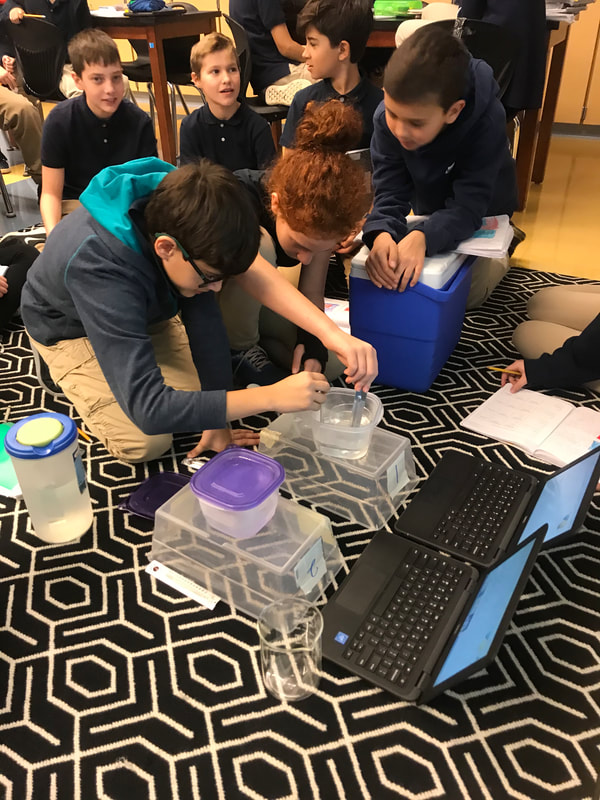
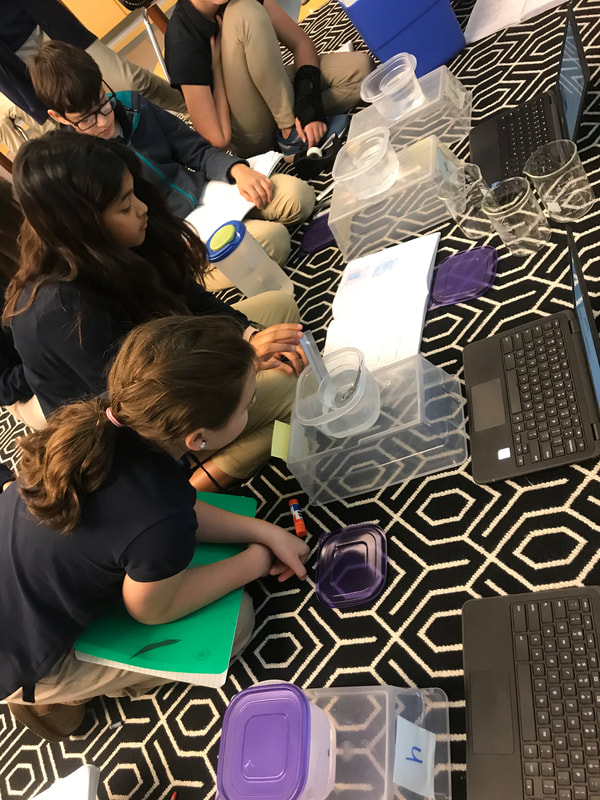
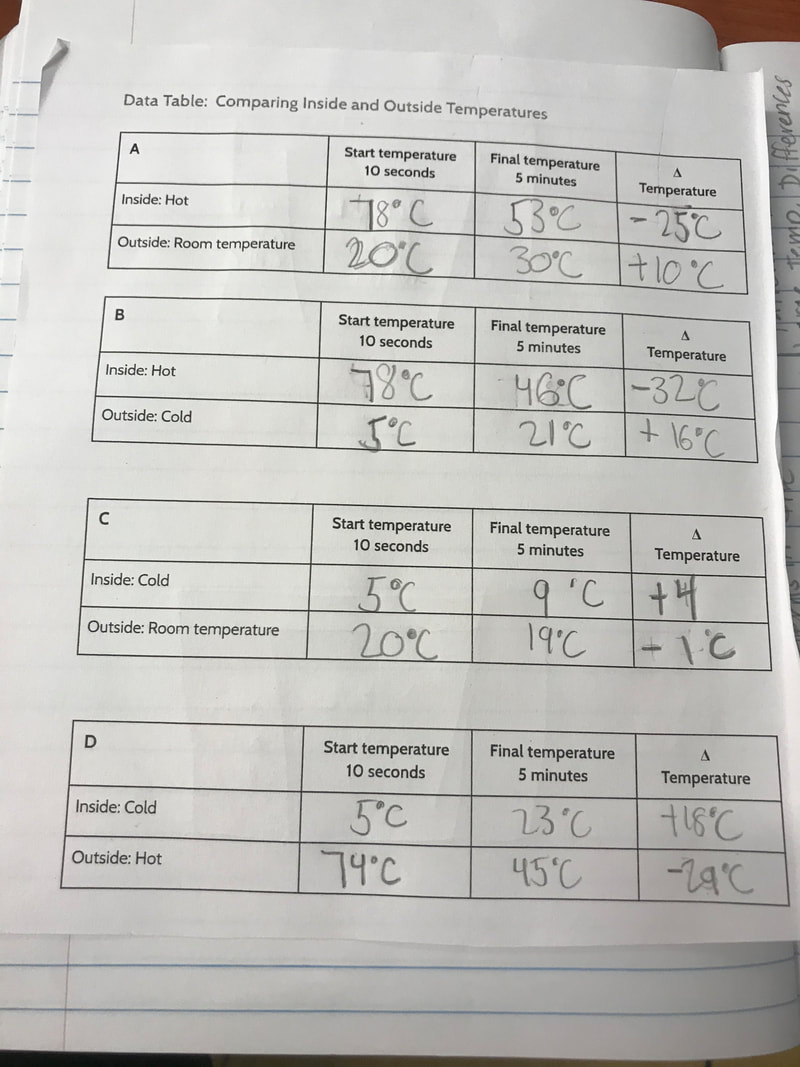
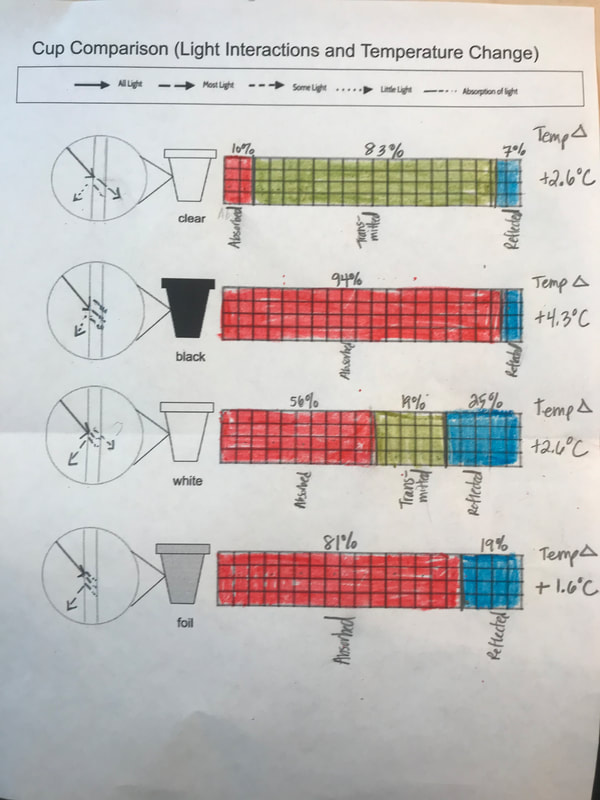
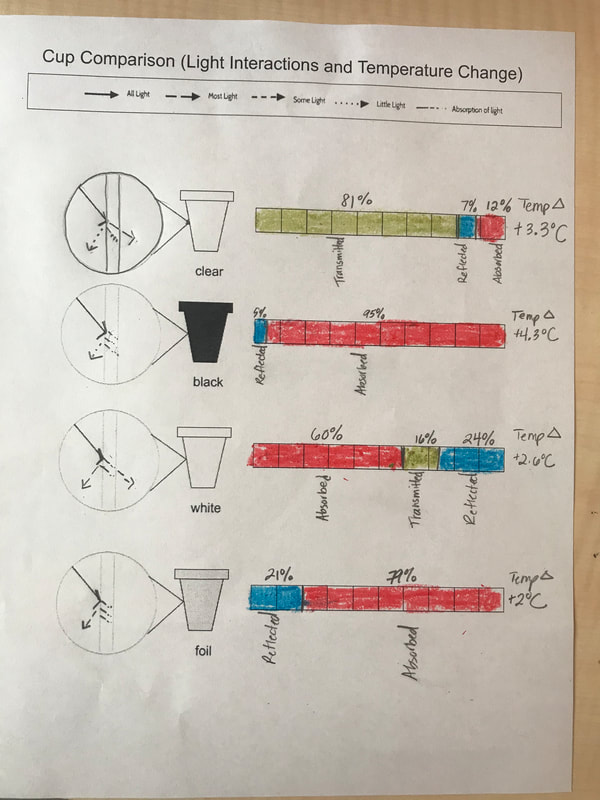
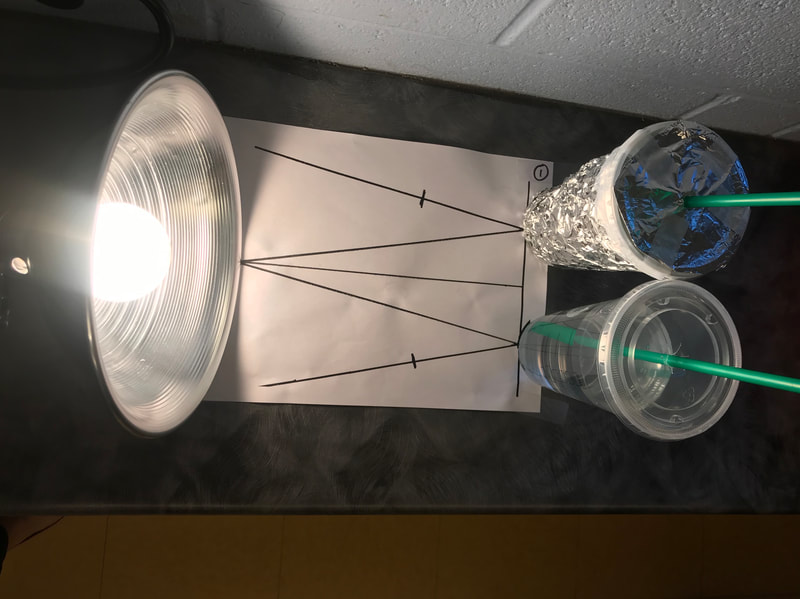
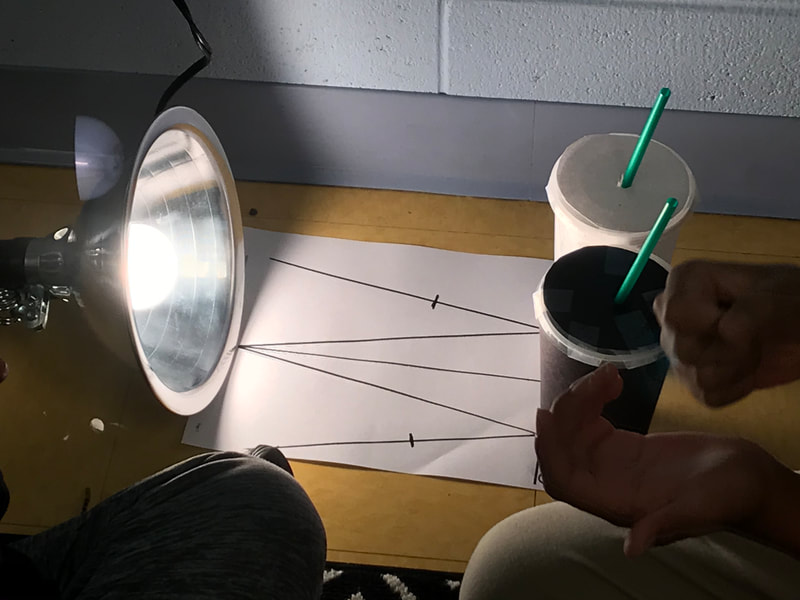
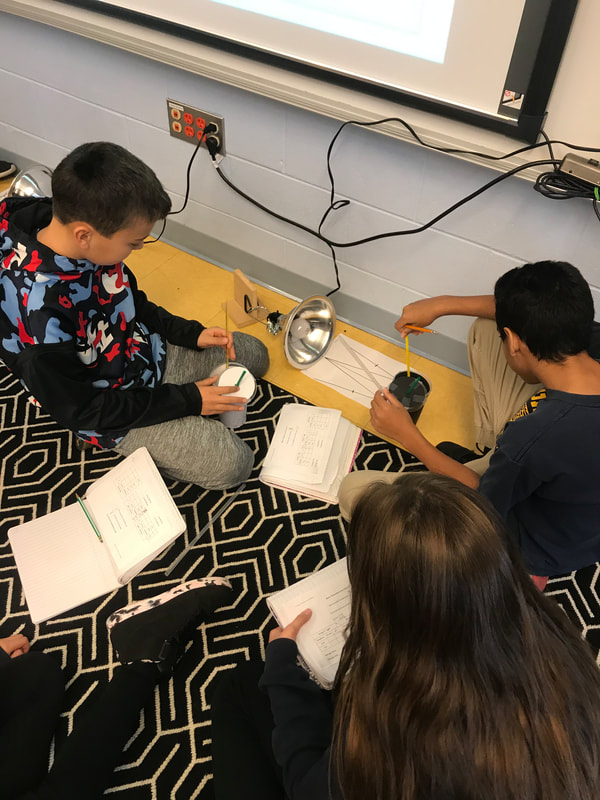
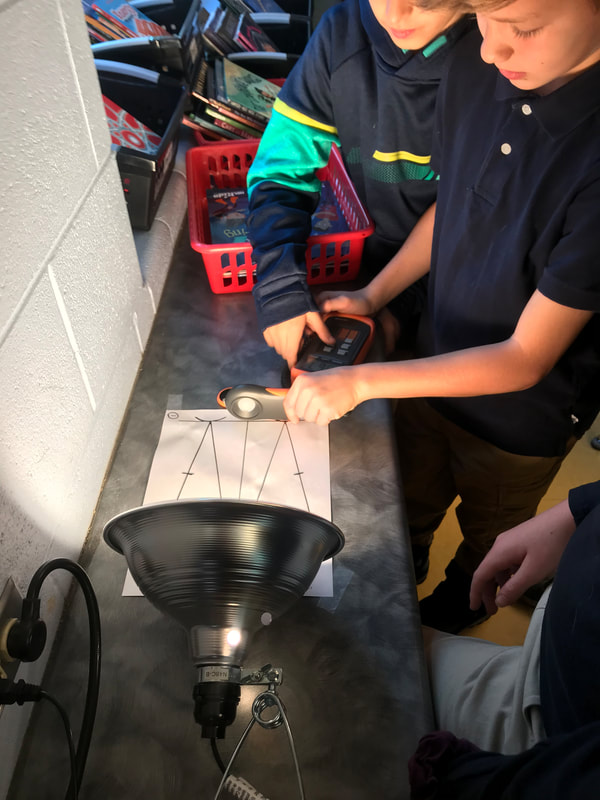
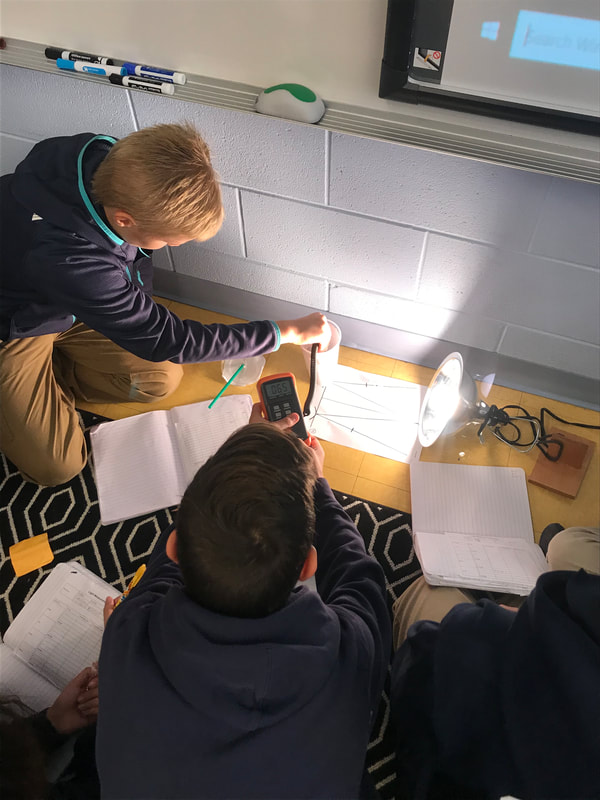
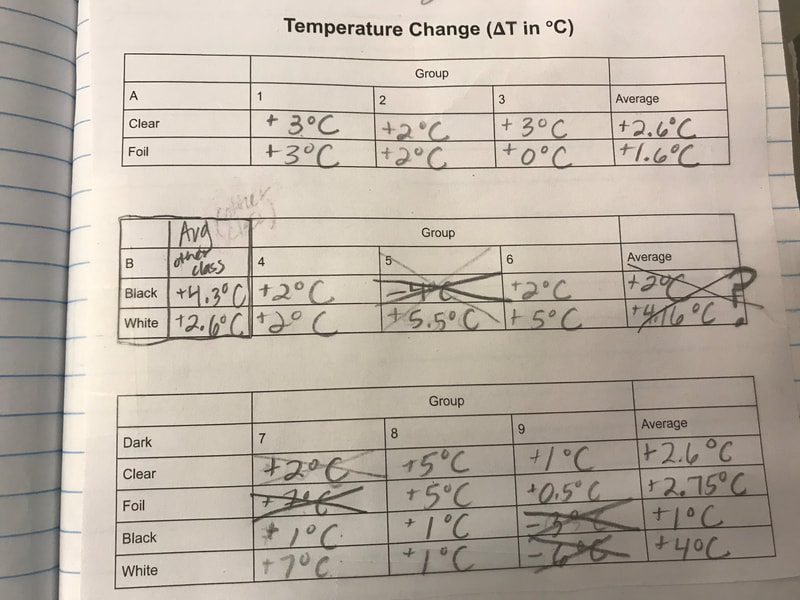
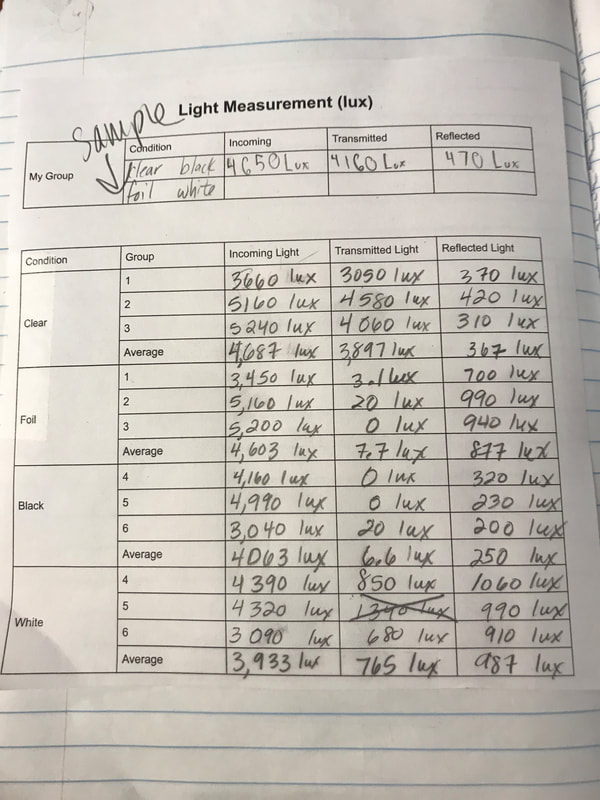
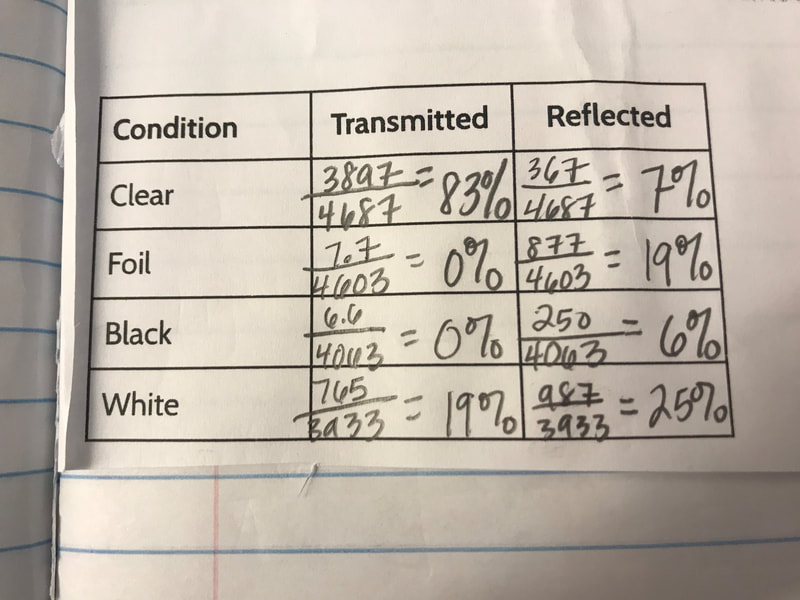
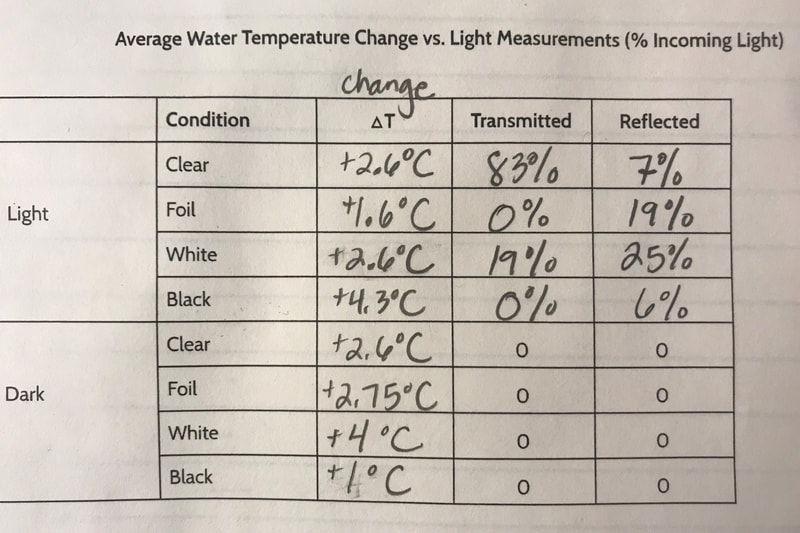
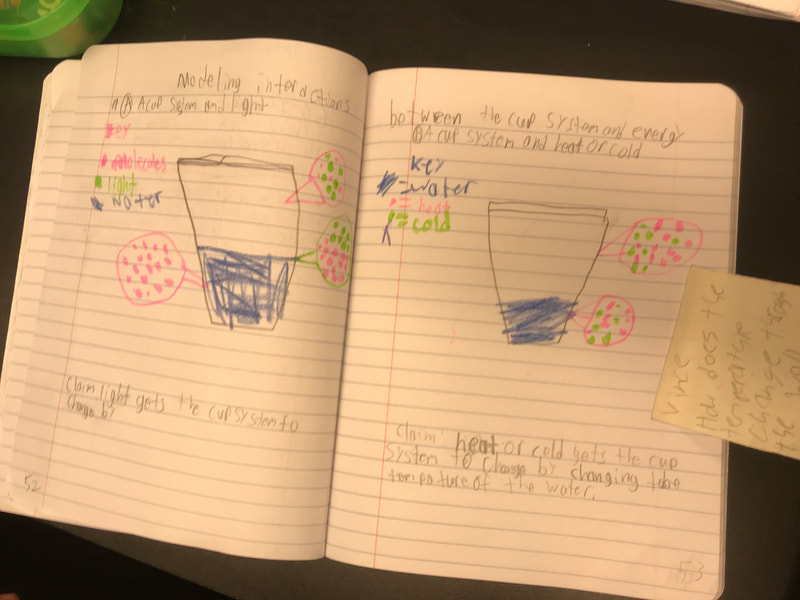
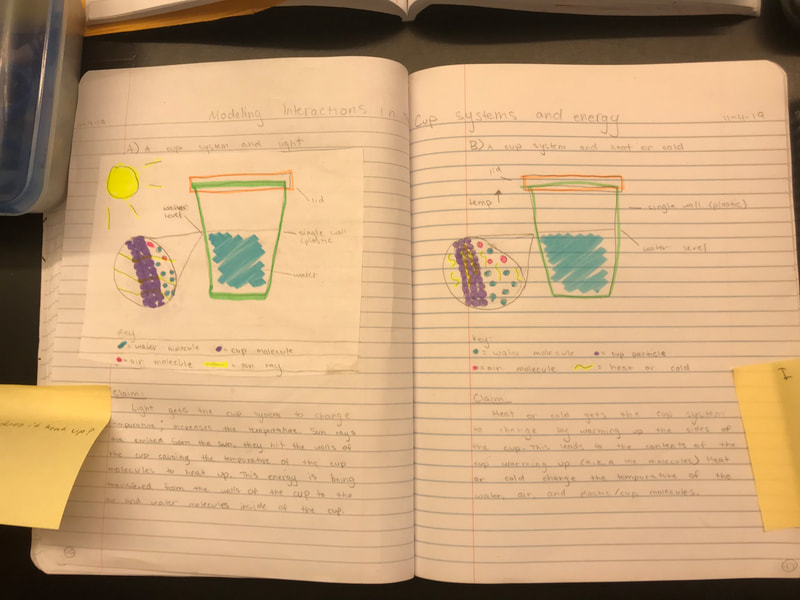
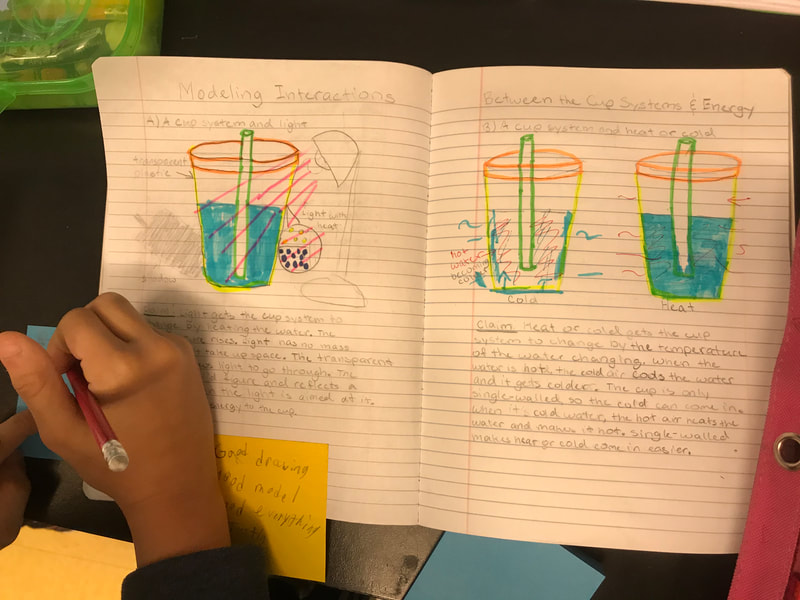
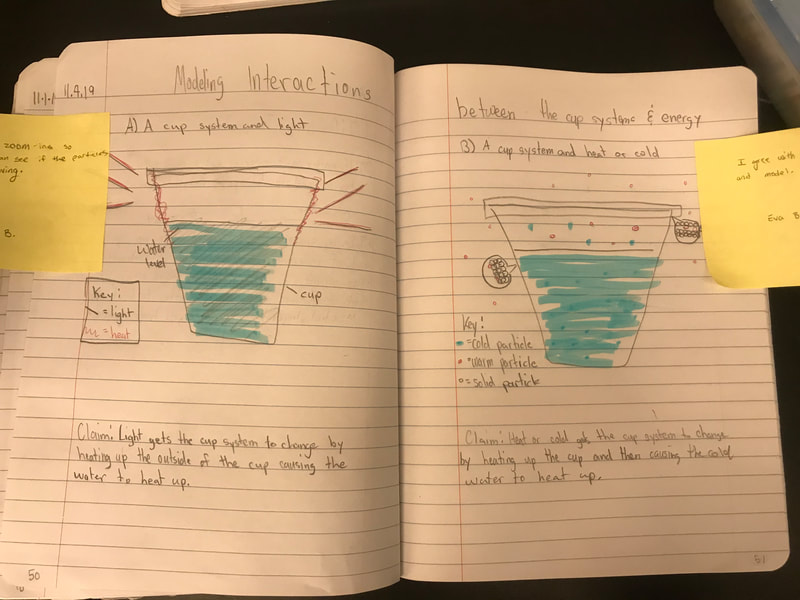
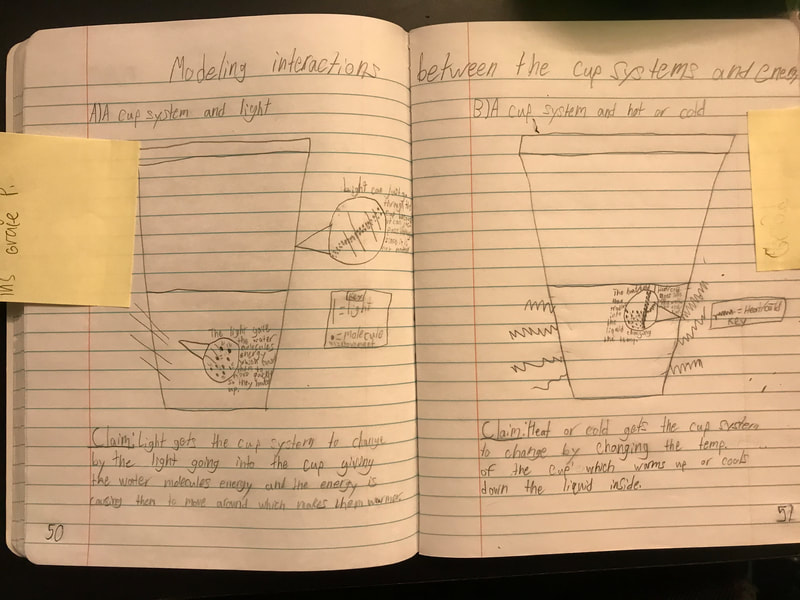
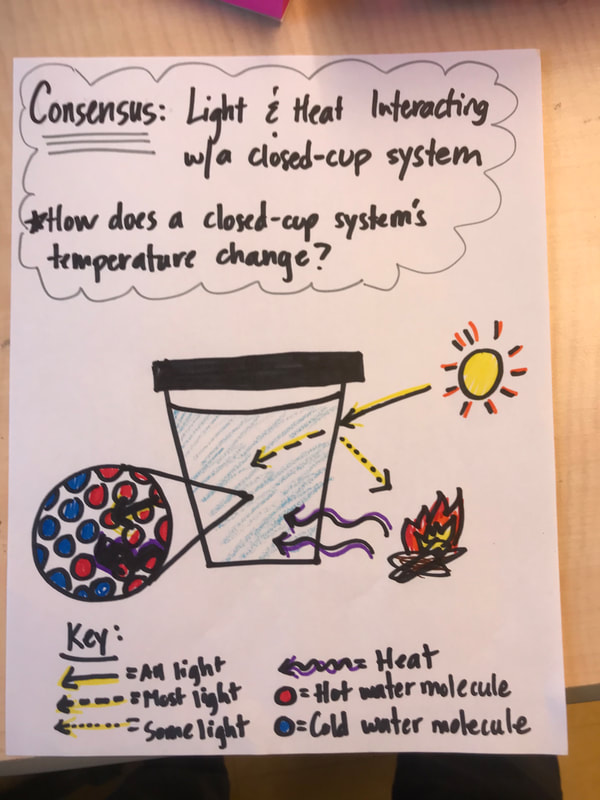
 RSS Feed
RSS Feed